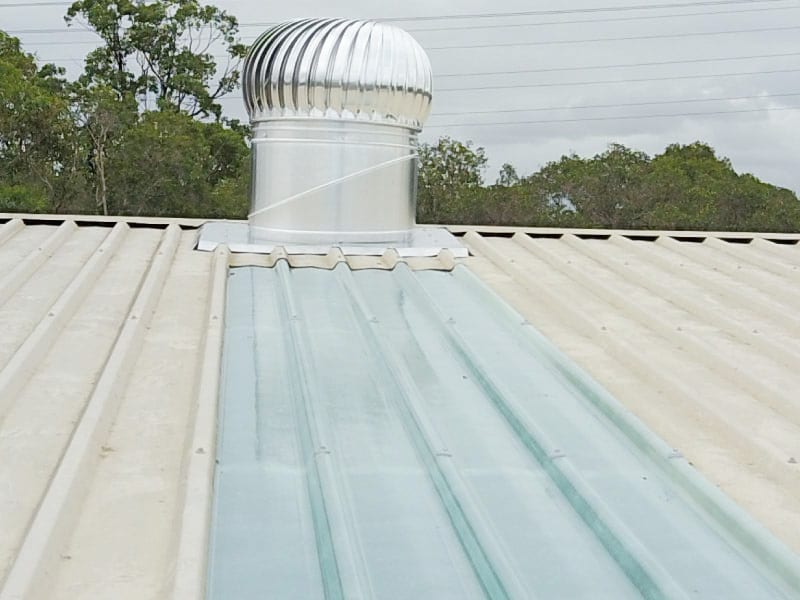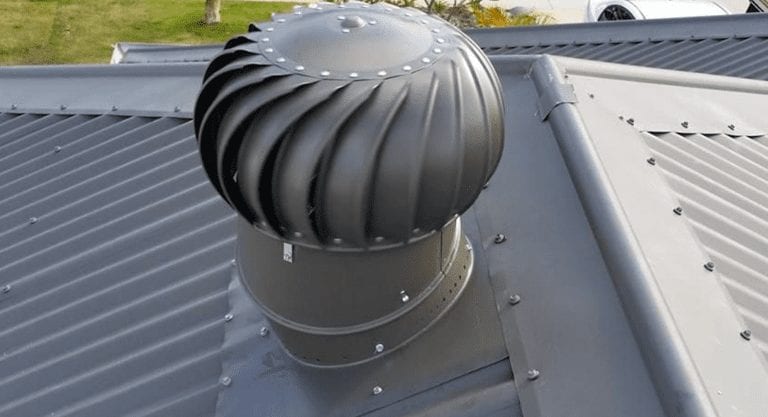Maximising Energy Savings with Industrial Roof Exhaust Fans
Introduction
Industrial facilities, such as factories, warehouses, and manufacturing plants, are known for their substantial energy consumption. Among the various systems contributing to this consumption, the ventilation system plays a significant role. Industrial roof exhaust fans are a crucial component of this system, as they help regulate air quality and temperature within the facility. However, they can also be a source of significant energy consumption if not managed efficiently. In this article, we will explore how industrial roof exhaust fans can contribute to energy savings when properly designed and maintained.
- Efficient Fan Selection
One of the key factors influencing energy savings with industrial roof exhaust fans is the initial selection of the fans. Proper sizing and selection based on the specific requirements of the facility are critical. Oversized fans can lead to unnecessary energy consumption, while undersized fans may not provide adequate ventilation, leading to discomfort and potential health issues for employees.
Modern industrial roof exhaust fans come in various sizes and configurations, and they can be customized to meet specific airflow and pressure requirements. Utilizing computerized tools and consulting with ventilation experts can help ensure the right fan is selected for the job, optimizing energy efficiency.
- Variable Frequency Drives (VFDs)
Variable Frequency Drives (VFDs) are a game-changer in industrial roof exhaust fan energy savings. They allow fans to operate at variable speeds based on the demand for ventilation. Instead of running at a constant, full-speed setting, fans equipped with VFDs can adjust their speed to match the required airflow. This results in significant energy savings, especially during periods of lower demand.
For example, during mild weather conditions when less ventilation is needed, the fans can run at lower speeds, consuming less energy. When the demand increases due to temperature extremes or occupancy levels, the fans can ramp up their speed accordingly. This dynamic operation ensures that energy is used efficiently.
- Regular Maintenance
Proper maintenance is crucial for keeping industrial roof exhaust fans operating at peak efficiency. Dust, dirt, and debris can accumulate on fan blades and housing, reducing airflow and increasing the energy required to maintain the desired ventilation rate. Regular cleaning and inspections can help prevent these issues.
Additionally, worn-out bearings, belts, or motors can lead to increased energy consumption. Routine maintenance and timely replacement of these components can extend the life of the fan and keep it operating efficiently.
- Energy-Efficient Fan Designs
Advancements in fan design have led to the development of more energy-efficient options. Some fans are designed with optimized blade shapes and materials that reduce energy consumption while maintaining high airflow. Investing in these energy-efficient fan models can yield long-term cost savings in energy bills.
- Automated Control Systems
Implementing an automated control system that monitors temperature, humidity, and occupancy can help further optimize industrial roof exhaust fan energy usage. These systems can adjust fan speeds in real-time based on current conditions, ensuring that fans are only running when necessary.
Conclusion
Industrial roof exhaust fans are essential for maintaining air quality and temperature control within industrial facilities. However, they can be a source of significant energy consumption if not managed properly. By selecting the right fan, incorporating Variable Frequency Drives, performing regular maintenance, investing in energy-efficient designs, and implementing automated control systems, industrial facilities can maximise energy savings and reduce their environmental footprint. In addition to the financial benefits, these energy-saving measures contribute to a more sustainable and responsible industrial operation.



